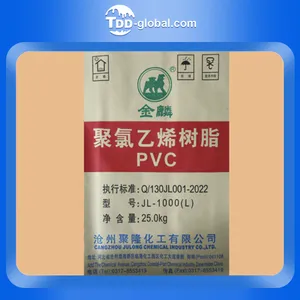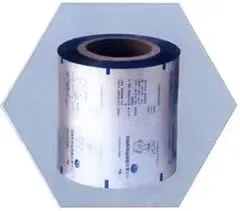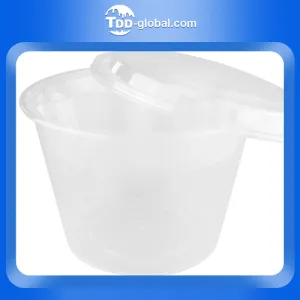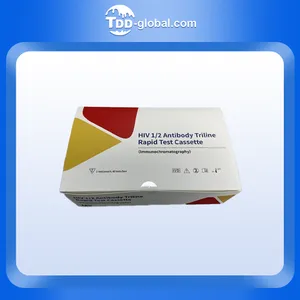[Compact Response]
Producing a 50/50 mixture of methanol and water is a straightforward process often used for various applications like fuel blends or antifreeze. Here's a simple method:
1. Safety First: Wear protective gear like gloves and goggles since methanol is toxic and flammable.
2. Measure Accurately: Gather equal volumes of methanol and water. You can use a graduated cylinder or a measuring cup for precision.
3. Mixing: Pour the methanol into a clean, non-reactive container (preferably glass or plastic). Slowly add the water while stirring gently to combine.
4. Double-check: Verify the ratio before use. If needed, use a hydrometer to measure the solution's specific gravity.
Remember, this mixture can be hazardous; handle it with care, store it properly, and avoid ingestion or skin contact.
Recommended Suppliers
-
 小敏测试128
小敏测试128 -
 5xiaominrenminbiAAABBB
5xiaominrenminbiAAABBB -
 PVC JL-1000
PVC JL-1000 -
 Packaging roll film
Packaging roll film -
 Y1750 disposable plastic 1750ml bowl food container
Y1750 disposable plastic 1750ml bowl food container -
 Yanhu Polyvinyl Chloride Resin SG5
Yanhu Polyvinyl Chloride Resin SG5 -
 HIV 1/2 Antibody Triline Rapid test Cassette
HIV 1/2 Antibody Triline Rapid test Cassette
- •how to make 50 50 methanol
- •how many crankshafts are in a v8 automobile engine
- •low carbon dioxide in blood
- •how to make 50 50 methanol
- •China’s annual output of talc powder is approximately 2.45 million tons
- •Application control of powder coating sand texture agent
- •Longsheng Talc creates the world’s industrial “MSG”
- •Quotation of talc powder in some areas of China on November 3
- •Haicheng City, Liaoning Province promotes the upgrading of talc powder advantageous industries







